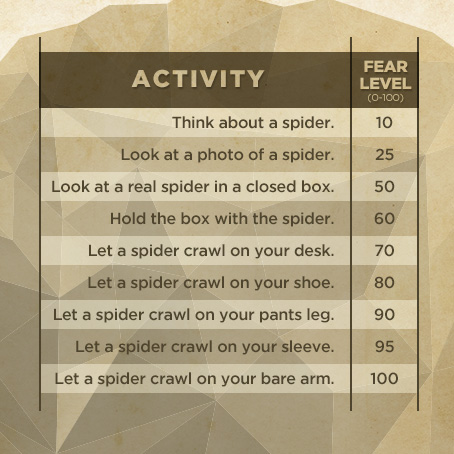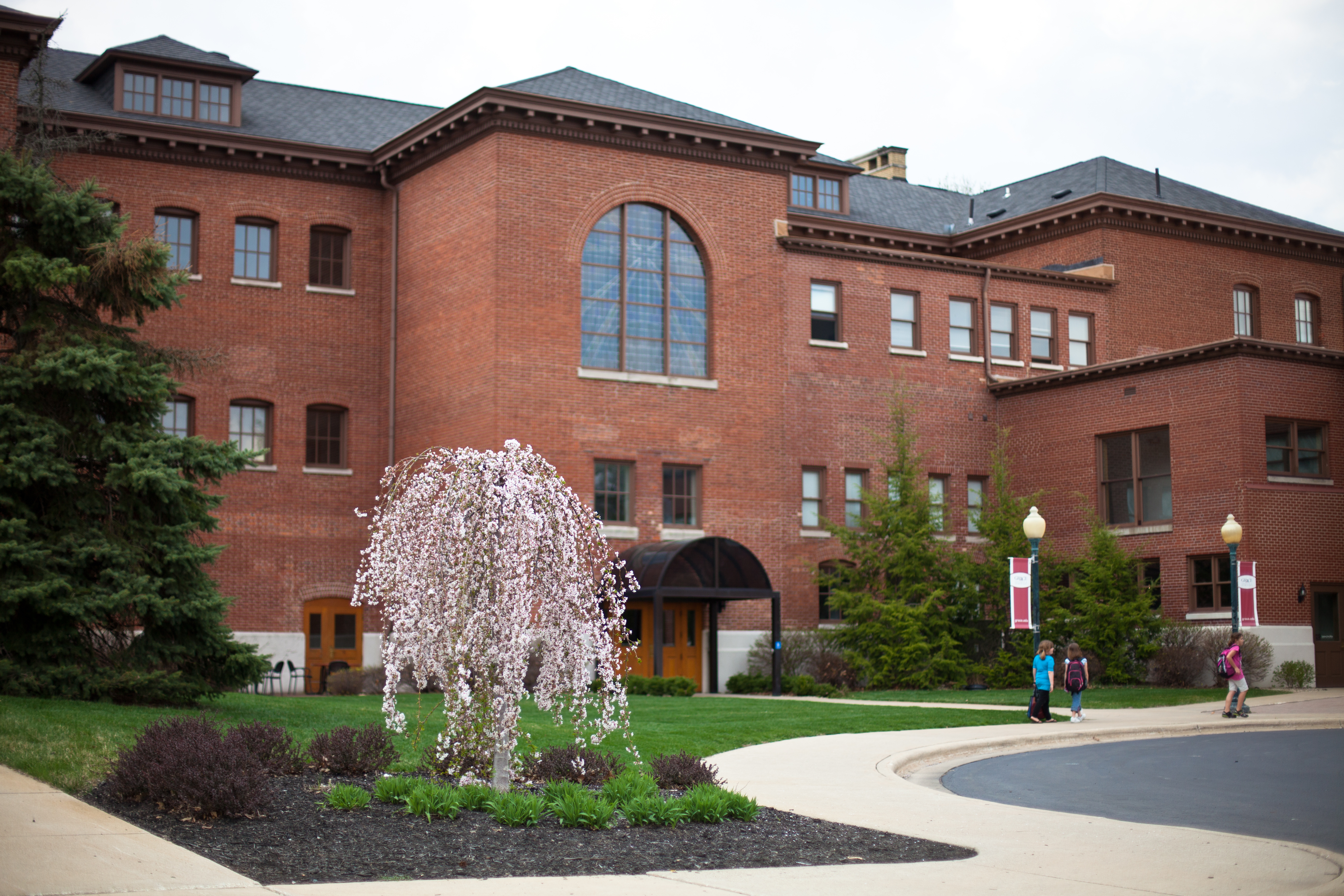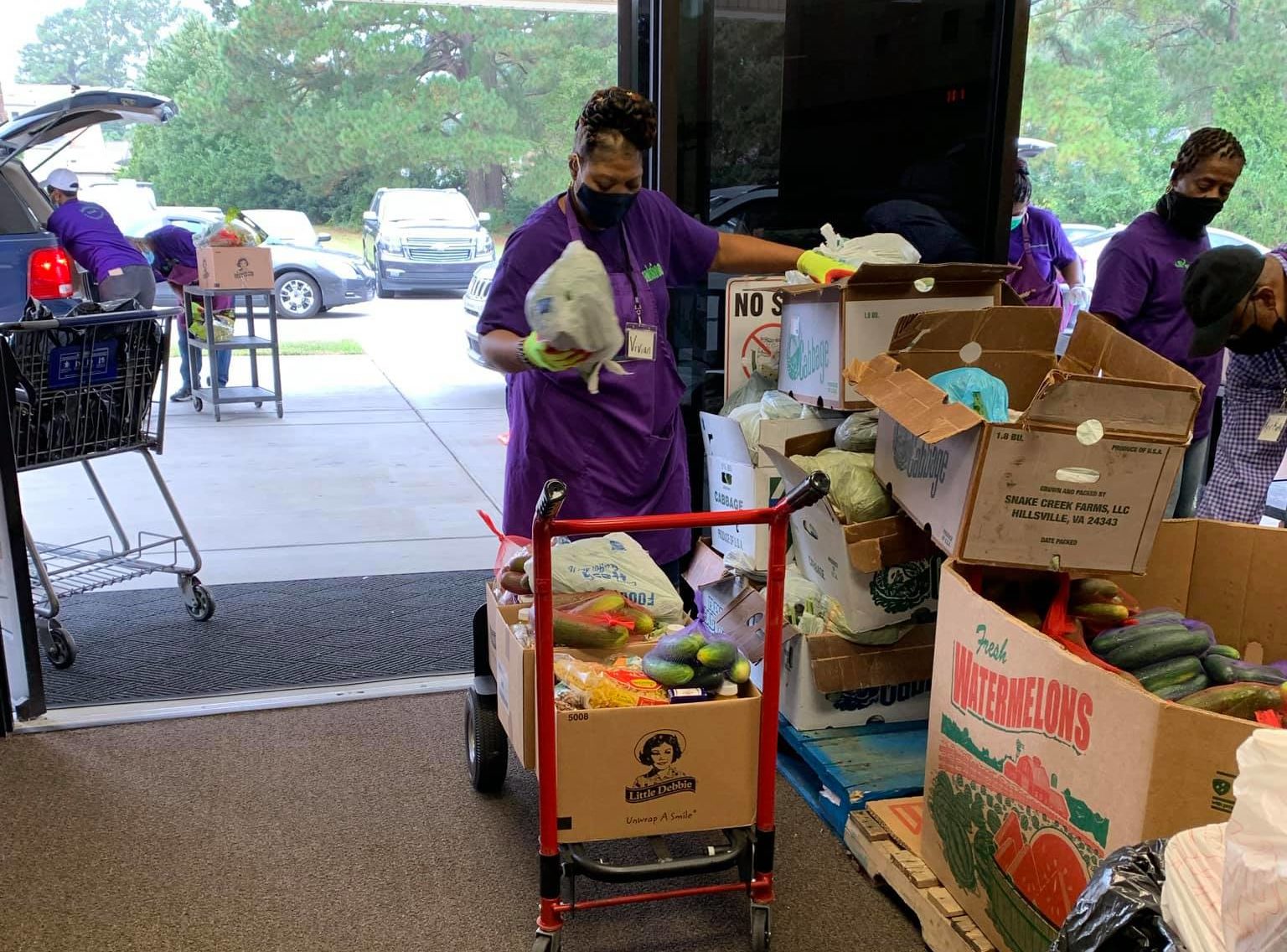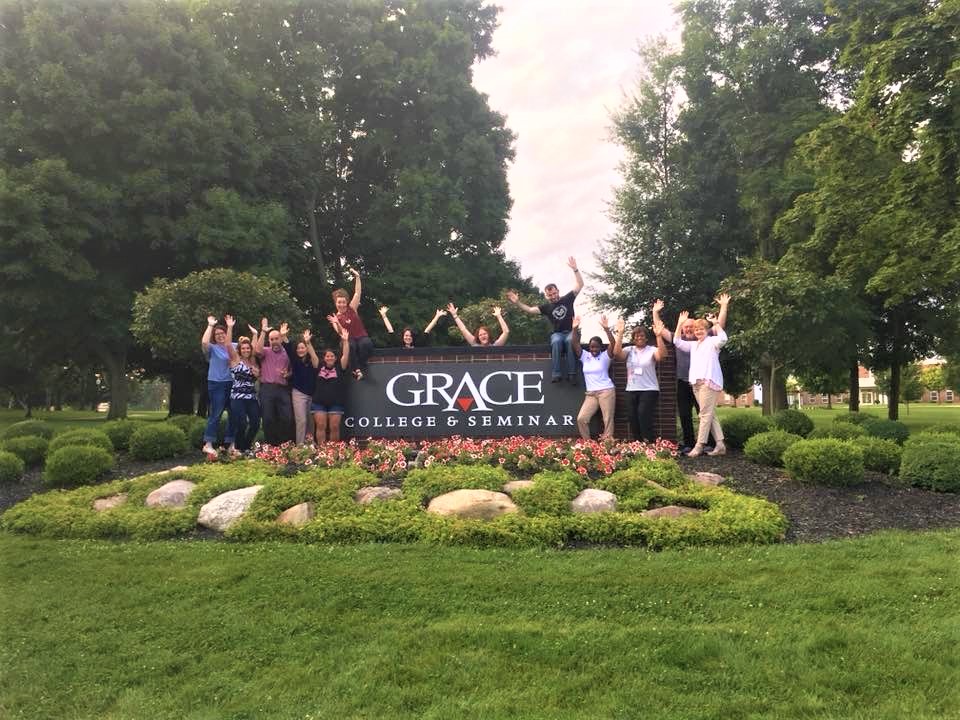June 12, 2020
The Difference between Fear and Phobia with Grace College Online MA in Counseling
Tagged With Counseling Masters Programs

Do you have a passion for helping people who struggle with anxiety? If you’re a practicing counselor or if you’re interested in understanding anxiety better, read about these differences between fear and phobia provided by Grace College’s online MA in Counseling Clinical Mental Health Counseling master’s program.
If you are interested in furthering your education and becoming a licensed, CACREP accredited counselor, it’s important that you understand the distinctions between fear and phobias. After you’re done reading, check out our online master’s in counseling — one of the most affordable programs in the nation!
The Difference Between Fear and Phobia
“Fear is the emotional response to real or perceived imminent threat, whereas anxiety is anticipation of future threat,” the Diagnostic and Statistical Manual of Mental Disorders, Fifth Edition (DSM-5) says. “Anxiety disorders differ from developmentally normative fear or anxiety by being excessive or persisting beyond developmentally appropriate periods.” Anxiety disorders are persistent, typically lasting six months or longer.
Phobias are anxiety disorders involving fear or anxiety that is excessive or out of proportion to the object or situation. Clinicians, with an MA in Counseling, will assess whether a client’s fear or anxiety is normal or excessive by using factors specific to cultural norms.
An old elevator or a high bridge may spark feelings of fear or anxiety. In these situations, some people are able to manage discomfort, control their fears and carry out daily activities without too much disruption. But a phobia produces a strong reaction of fear or anxiety. People with a phobia work hard to avoid certain situations, objects or places, and they may experience fear or anxiety even when the situation, object or place is not imminent.
Clinical Symptoms of Phobias
The DSM-5 names three anxiety disorders that contain the word phobia.
- Individuals with specific phobia are fearful or anxious about or avoidant of specific objects or situations.
- In social anxiety disorder (social phobia), the individual is fearful or anxious about or avoidant of social interactions and situations that involve the possibility of being scrutinized.
- Individuals with agoraphobia are fearful and anxious about two or more of the following: using public transportation; being in open spaces; being in enclosed places; standing in line or being in a crowd; or being outside of the home alone in other situations.
Specific phobia is the most common of the three phobia-related anxiety disorders; in fact, it is the most common type of anxiety disorder in the United States, affecting nearly 20 million adults, or 7 to 9 percent of the population. The median age of onset is between 7 and 11 years. Individuals typically have multiple specific phobias. The average individual with specific phobia fears three objects or situations.
Diagnostic Criteria for Specific Phobia
- Marked fear or anxiety about a specific object or situation.
- The phobic object or situation almost always provokes immediate fear or anxiety.
- The phobic object or situation is actively avoided or endured with intense fear or anxiety.
- The fear or anxiety is out of proportion to the actual danger posed by the specific object or situation and to the sociocultural context.
- The fear, anxiety or avoidance is persistent, typically lasting for six months or more.
- The fear, anxiety or avoidance causes clinically significant distress or impairment in social, occupational or other important areas of functioning.
- The disturbance is not better explained by the symptoms of another mental disorder.
Categories for Specific Phobia
- Animal (e.g., spiders, insects, dogs)
- Natural environment (e.g., heights, storms, water)
- Blood-injection-injury (e.g., needles, invasive medical procedures)
- Situational (e.g., airplanes, elevators, enclosed places)
- Other (e.g., situations that may lead to choking or vomiting; in children, e.g., loud sounds or costumed characters)
Specific Phobia Treatment Options
Medications are not typically used to treat specific phobia. In some cases, antidepressants, tranquilizers (benzodiazepines) or beta-blockers may be used to help reduce anxiety.
First-line treatment for specific phobia is cognitive-behavior therapy (CBT). It involves counseling to identify, understand and change thinking and behavior patterns. Benefits are usually seen in 12 to 16 weeks, according to the ADAA.
CBT is often combined with exposure-based therapies that expose individuals with phobias to stimuli that frighten them. By encouraging the individual to enter and remain in feared situations, the individual can learn to tolerate the fear and see that the fear isn’t true or isn’t as bad as imagined. Exposure is typically gradual, using an individually tailored fear hierarchy that begins with situations that are mildly anxiety-provoking and building up to the most feared encounters (some forms of exposure therapy begin with the most feared situations).
Exposure-based therapies can take place in vivo (live or in person) or in virtual reality. Virtual reality is more common for phobias that are more difficult to treat in person, such as height and flying phobias. A variant of virtual reality, augmented reality, combines the real world with virtual elements. The individual sees an image, composed of a visualization of the real world and a series of virtual elements, superimposed on the real world. It is less expensive than virtual reality because the whole environment does not need to be modeled. One study found augmented reality exposure preferable to in vivo exposure for the treatment of small animal phobia.
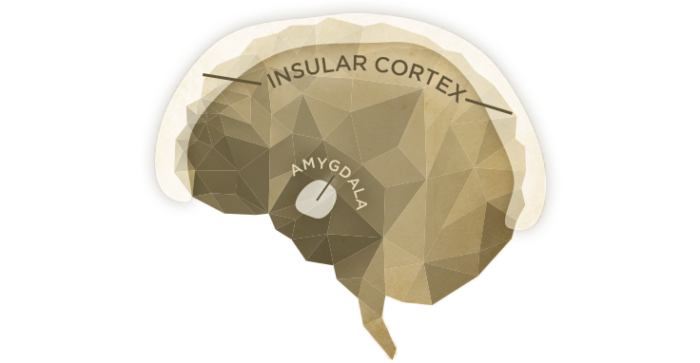
Helping With an MA in Counseling
The online MA in Counseling from Grace College prepares graduates to help with anxiety, fear, and phobia treatment. This faith-based program allows students to complete the majority of their coursework in a fully online format, while attending an annual week-long residency on campus in scenic Winona Lake, Indiana. The program is accredited by the Council for Accreditation of Counseling and Related Educational Programs (CACREP), and is one of the most affordable programs in the nation.
